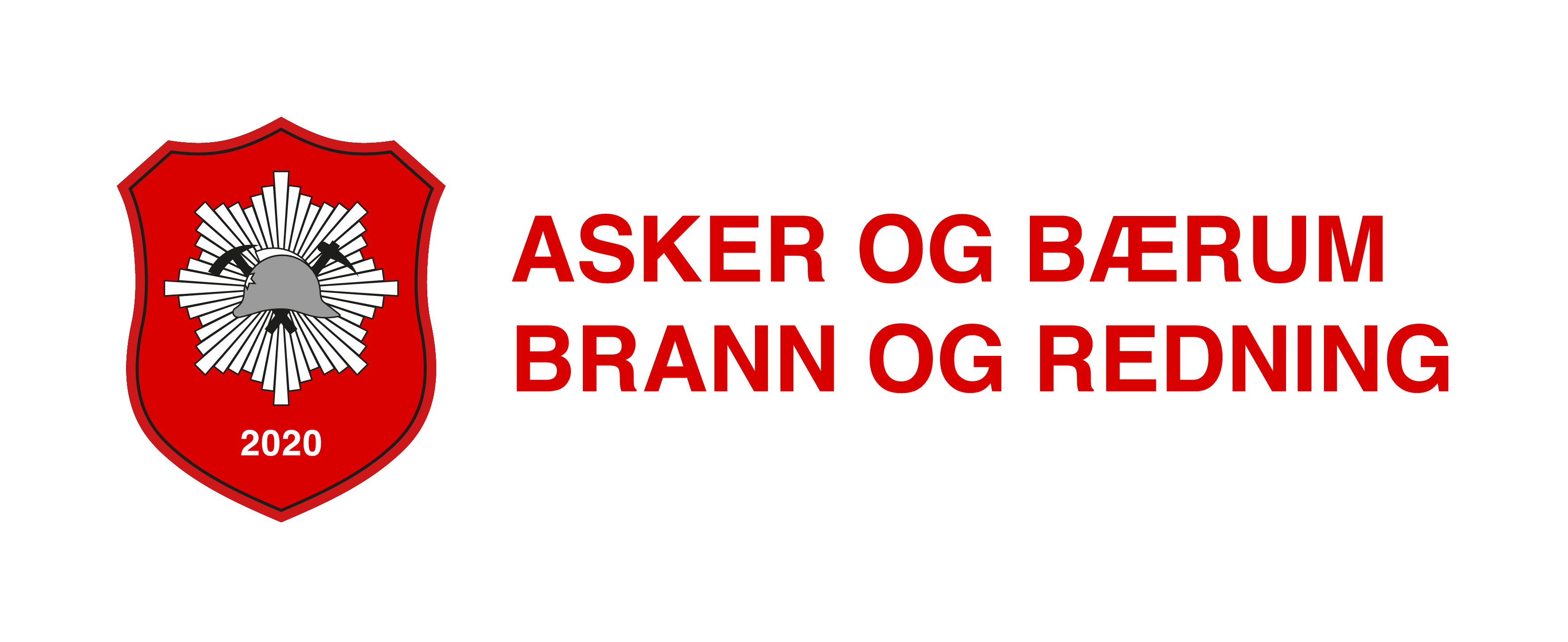Smoke alarms – at least one per floor
A smoke alarm gives you an early warning if a fire is starting. Most smoke alarms have a battery that must be replaced once a year. Test your smoke alarm regularly using the test button.
If you have multiple floors, you must have at least one smoke detector per floor. The new regulations on fire prevention that took effect in January 2016 requires that the alarm should be clearly audible in both living rooms and bedrooms when all doors are closed. If the living room is located in one part of the house and the bedrooms in another part, you may need even more smoke detectors in your home.
Interconnected alarms are safer
Interconnected smoke alarms are safer than standalone smoke alarms, because they let you know about an emergency sooner. If your home has many rooms or multiple floors it is recommended to interconnect the smoke alarms. If one interconnected alarm detects smoke, every alarm will sound. This can give you valuable time to evacuate.
Stove guards save lives
Stove fires are the most common single cause of fire in Norwegian homes. Leaving a pan to boil dry is something that people of all ages can do, from young people making a midnight snack, to families with small children and lots of distractions around mealtimes, or elderly people who can doze off or forget that they have left a pan on the stove. Everyone needs a stove guard. It cuts off the power automatically if you forget to turn off the hob. It’s a good investment that helps protect you from fire.
A stove guard is a legal requirement in all new homes, and in homes that are being rewired. The requirement applies to any renovation work involving the installation of an extra
circuit in the kitchen. The same rules apply to cabins and holiday homes. Stove guards can be fitted to all electric cookers and are extremely easy to use. Some people are also entitled to borrow stove guards from their local Centre for Assistive Technology.
Fire extinguishers
Every home must have a fire hose or a fire extinguisher. It is recommended that you have both. This fire safety equipment should be easily accessible. Read the instructions carefully.
Remember to:
- Be careful when using naked flames.
- Never leave a lit candle unattended.
- Do not place lit candles near flammable materials.
- Empty ashtrays safely. Never put hot ashes in the bin.
- Do not leave the cooker unattended when it is on.
- If you are interrupted while cooking, turn down the heat on the hob.
- Always turn washing machines and tumble dryers off when you go out. Do not leave them running while you are asleep.
- Only approved installers are permitted to install or repair electrical equipment.
- Many cases of arson start in building materials, cardboard boxes or rubbish.
- Make sure that stairwells and garages are kept free of flammable materials.
- Keep rubbish containers well away from buildings
In the event of a fire
1) SAVE: Make sure that everyone in the building exits safely. Close doors and windows. Go to a pre-arranged assembly place.
2) NOTIFY: Call the fire brigade on the emergency number, 110. Tell them the exact address of the building that is on fire.
3) EXTINGUISH: If the fire has not become too large, try to extinguish it with a fire hose or fire extinguisher. Do not place yourself in danger. Smoke is highly toxic. You yourself must decide the order in which you carry out these actions, based on your assessment of the situation. It is helpful to practise by means of regular fire drills.
Fire prevention in other languages
Source: Norges Brannvernforening
